Description
Dagenaisite has a hardness of 0 – 2 and a specific gravity of 6, Xocolatlite has a hardness of 2 – 3 and a specific gravity of 4.7, Zincospiroffite has a hardness of 2½ and a specific gravity of 5.57, and Zemannite doesn’t have any hardness listed, but a known specific gravity of 4.36.
Dagenaisite was named for John Dagenais (Sept 4, 1945 – March 29, 2022) a prominent collector and micromounter from Vancouver, British Columbia, Canada. Dagenaisite usually appears as a green to a light greenish gray.
Xocolatlite’s name was derived from the Nahuatl word ‘xocolatl’ or ‘xocoatl’, meaning ‘bitter water’, and is the root for ‘chocolate’, in reference to the mineral’s chocolate-brown color, and the Mexican type-locality.
Zincospiroffite was named as the zinc analogue of Spiroffite, which was named in honor of Kiril Spiroff (21 April 1901, Kyustendil, Bulgaria – March 1981, Tucson, Arizona, USA), mineralogist, Michigan College of Mining and Technology, Houghton, Michigan, USA, and curator of the A.E. Seaman Mineral Museum. Zincospiroffite is typically grey in color.
Zemannite, according to Mindat, was named after Josef Zemann, a Professor of Mineralogy at the University of Vienna (Austria), in recognition of his outstanding work in crystallography, crystal chemistry, optical mineralogy and spectroscopy, and other fields. In particular, his contributions to the knowledge of tellurium and selenium oxysalts. He studied mineralogy at the University of Vienna, where he received his PhD for work with Felix Machatschki in 1946. Zemann worked with Martin J. Buerger at the Massachusetts Institute of Technology in 1951 and 1952. He became director of the Institute of Mineralogy and Crystallography of the University of Göttingen. From 1967 until his retirement in 1989 he was head of the Institute of Mineralogy and Crystallography of the University of Vienna. Like Xocolatlite, Zemannite also usually presents as a light brown to dark brown colored mineral.
While Tellurium may be more rare than Gold, it’s not as valuable, but keep an eye out for a rock with minerals like this and you may find Gold nearby! It’s not uncommon that Tellurium and Gold are found in the same places, and if you were to have found this rock on the surface and later claimed that land and started the North Star Mine near Mammoth, Utah, then you would’ve just started your own Cu-Pb-Ag-Au mine, and possibly the most rich Gold mine in the Tintic Distric! So, be sure to keep your eyes out for something just like this!

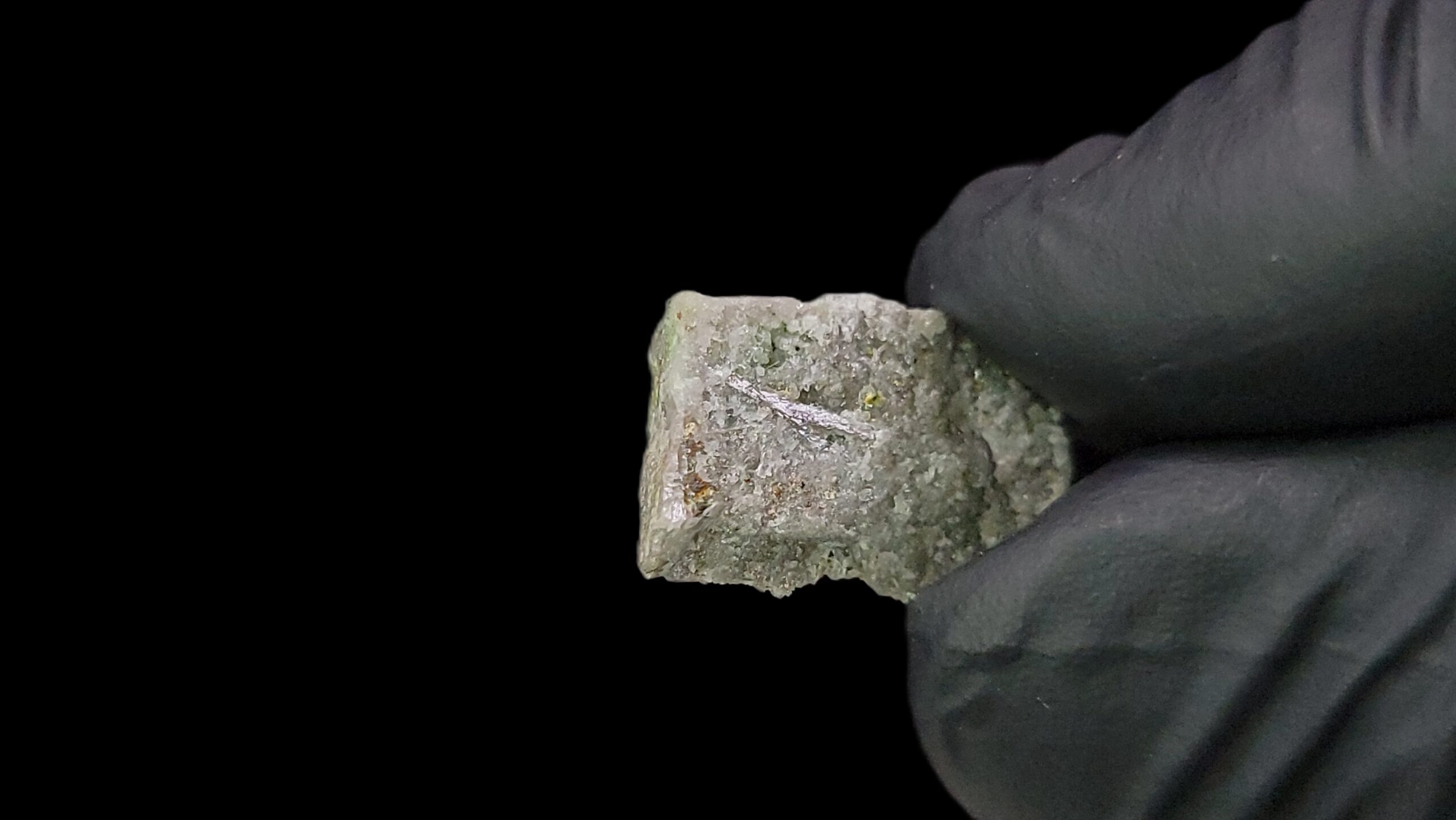
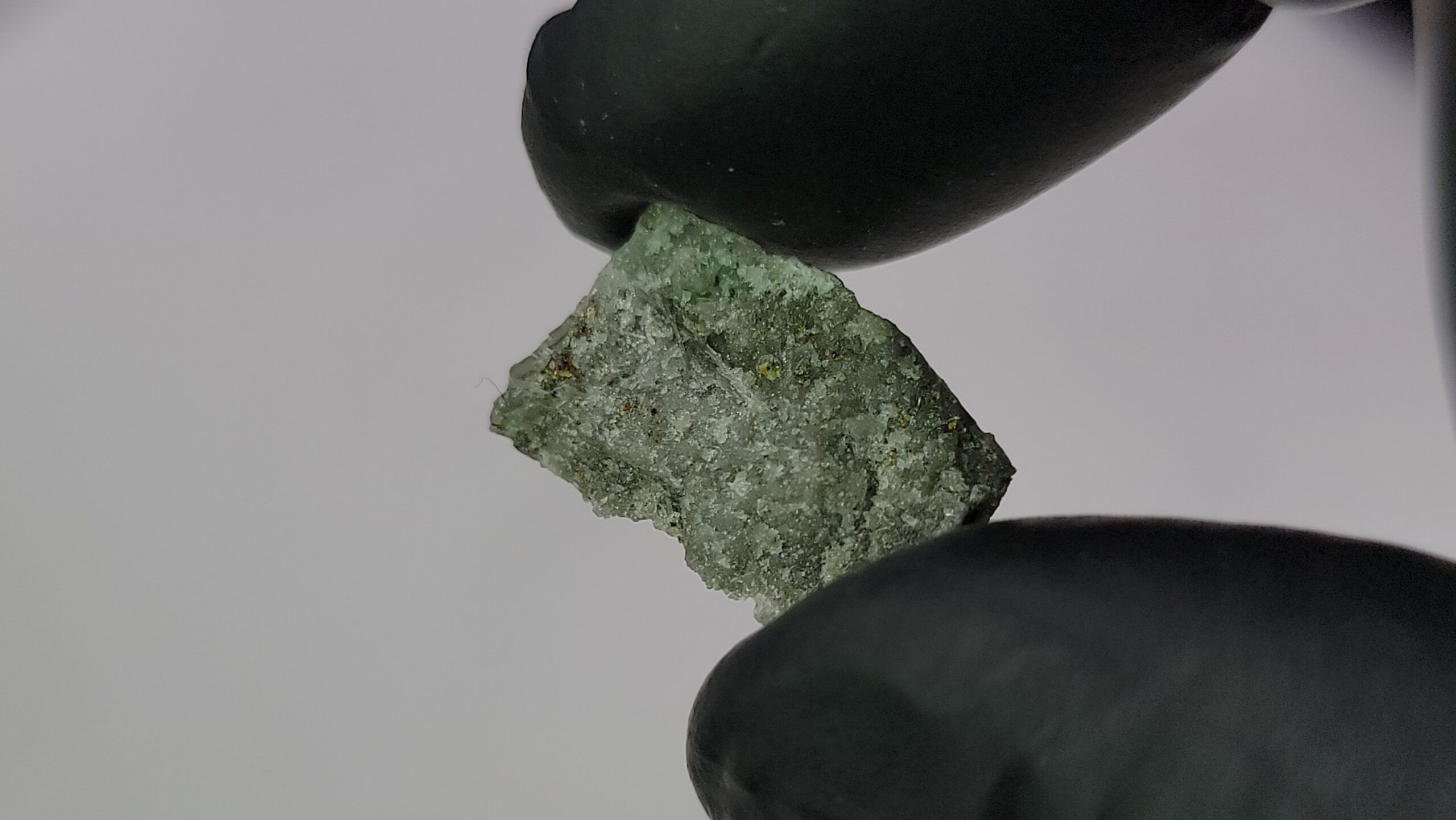

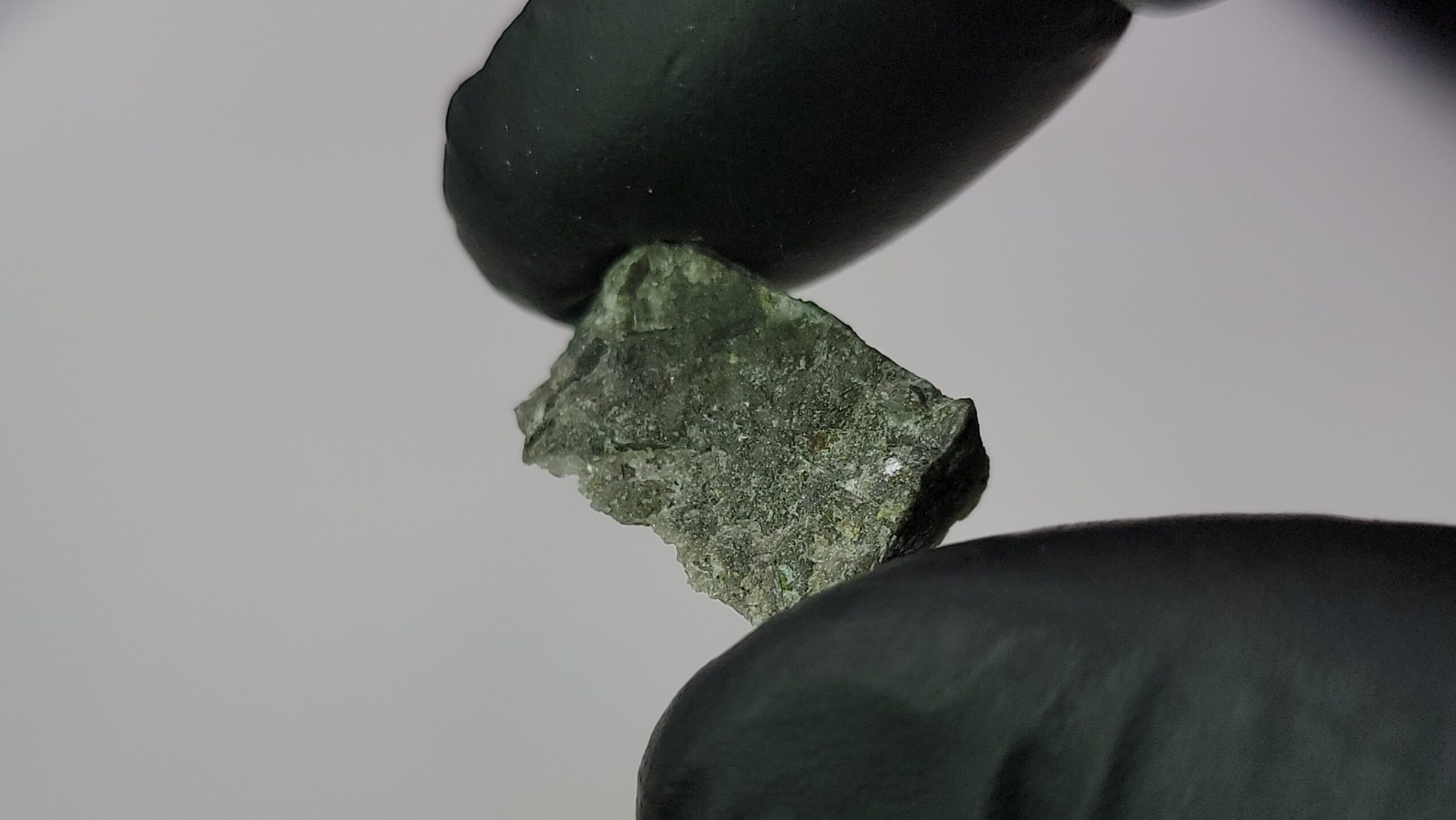
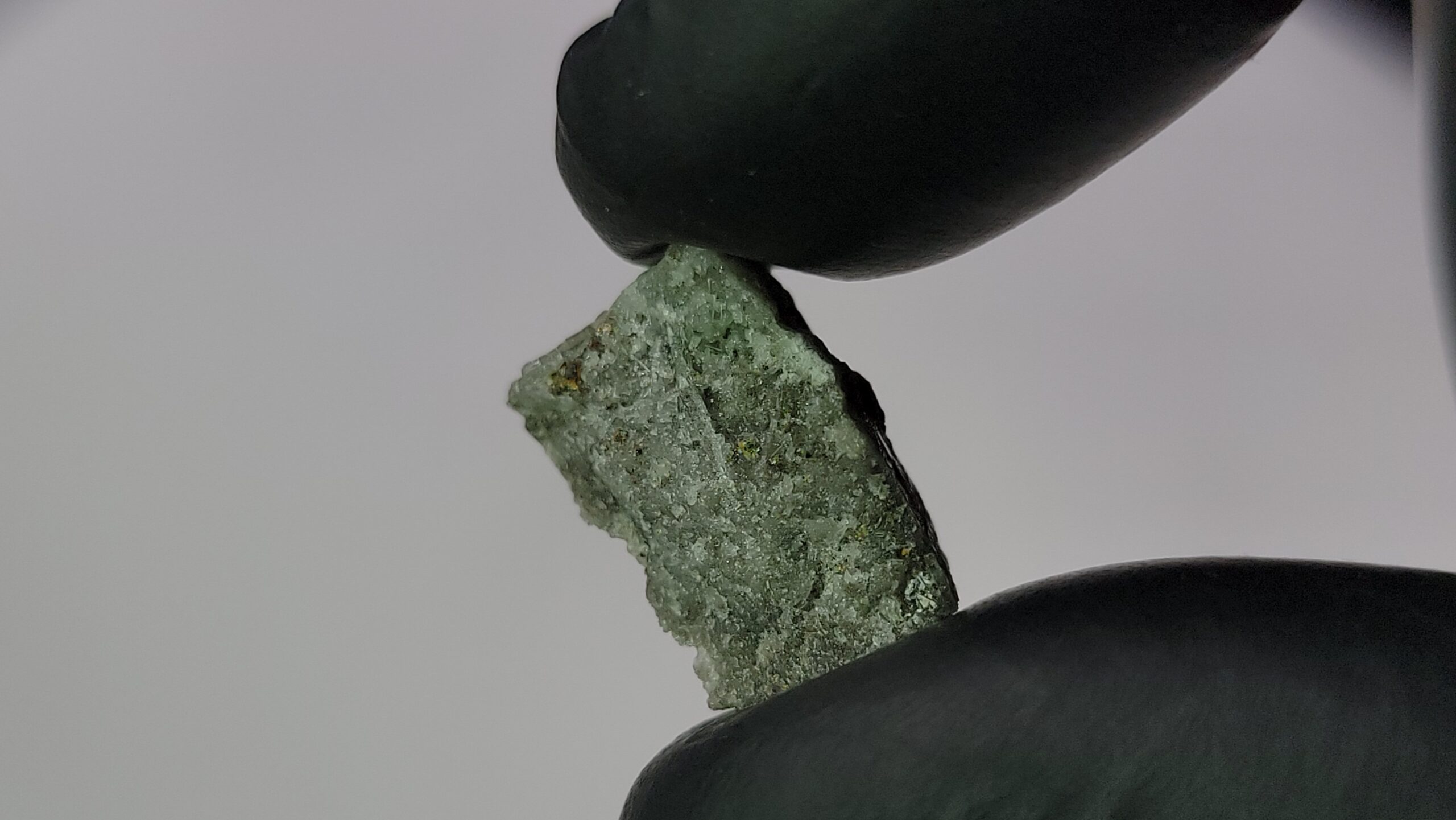

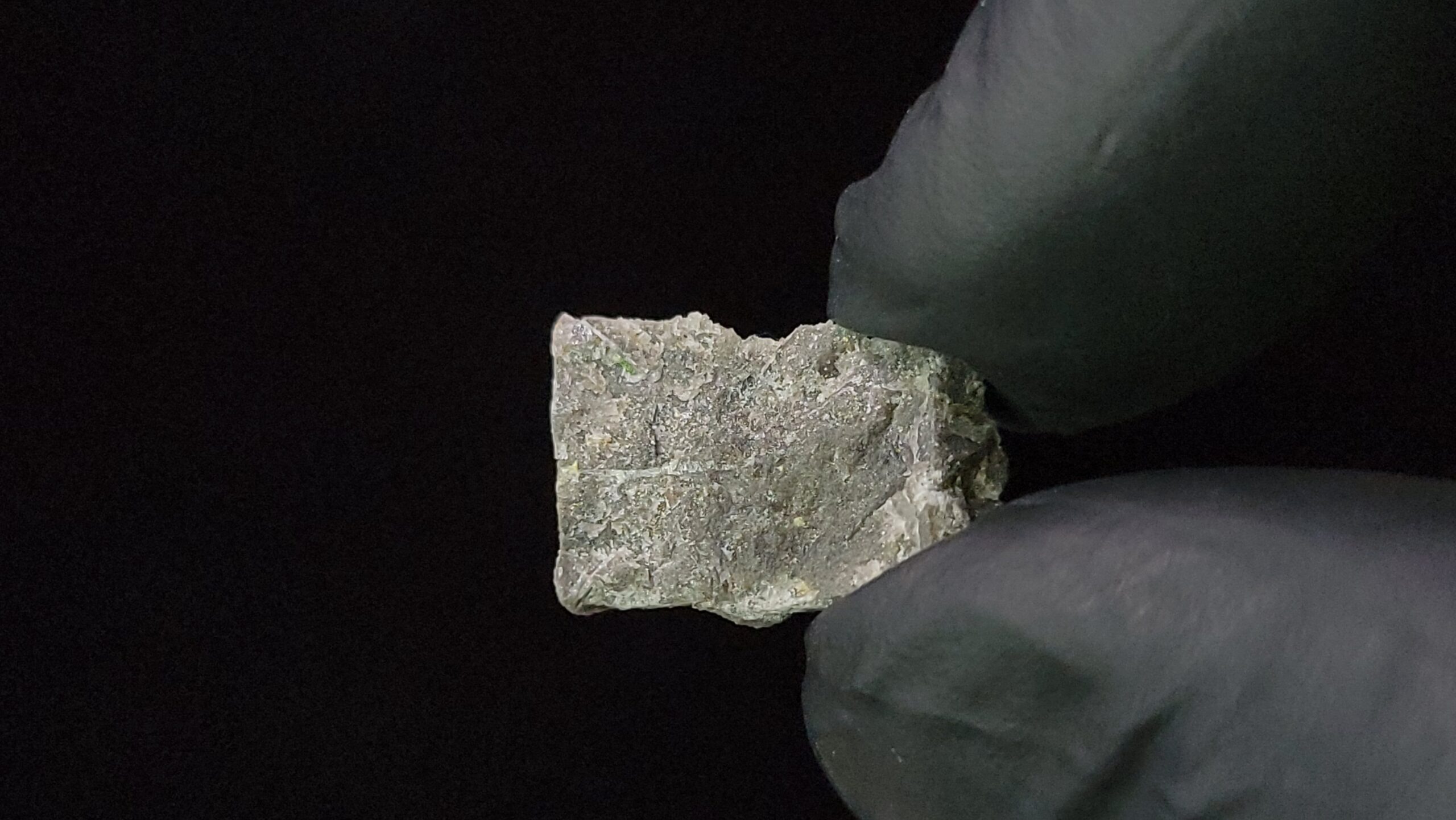
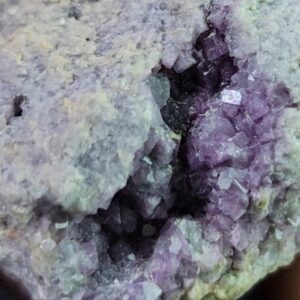

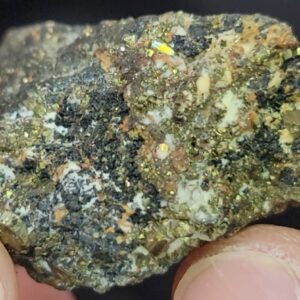

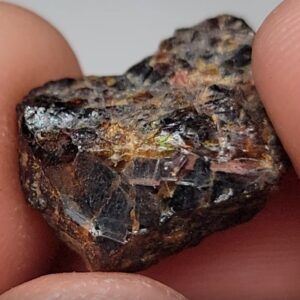

Reviews
There are no reviews yet.